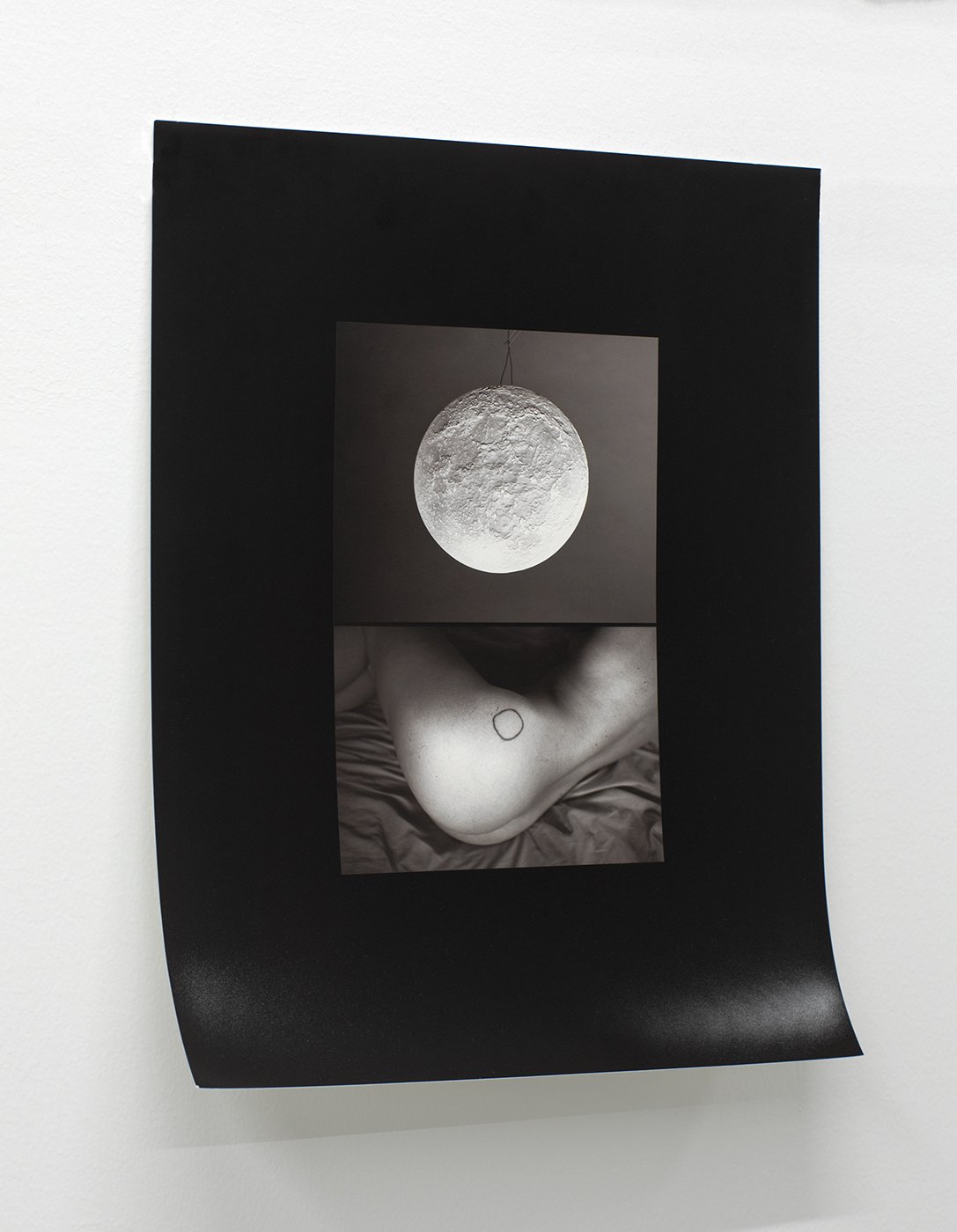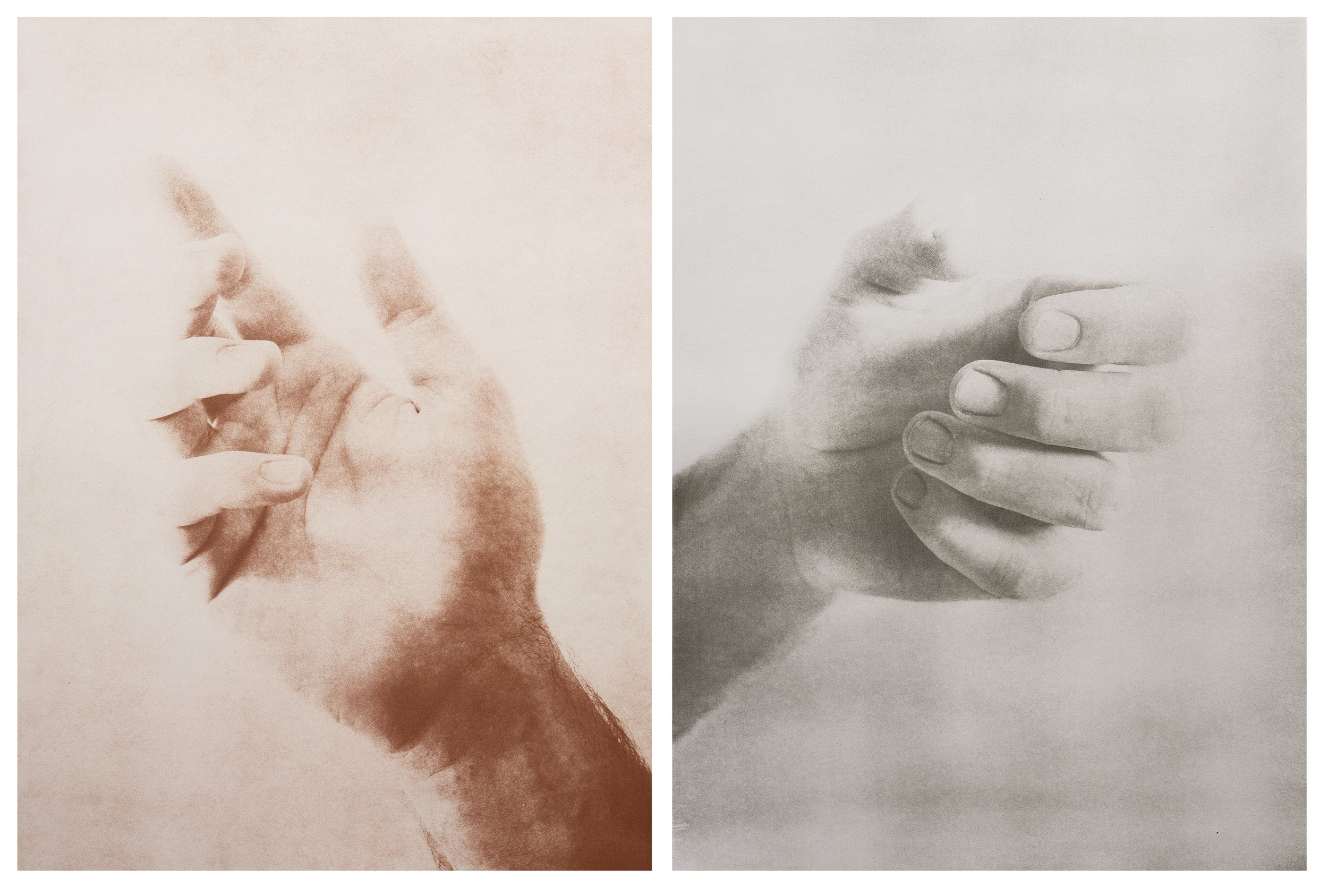




-
Over the last two years I have been archiving my experiences going through infertility treatments including In-Vitro Fertilization (IVF). I have made repeated photographs of self-administered and partner administered injections. Likewise, I have appropriated scientific captures of embryos and hormone effects on my reproductive system.
This project at the very outset felt like a unique opportunity to create something which could be shared; a subjective type of documentation that is not only deeply personal, but relatable by the approximately 7.3 million women identifying patients who have received medical care for infertility in the US (1). Following the reversal of Roe v. Wade, local and state pro-life advocates have begun threatening the access to Assisted Reproductive Technologies (ART) for families and individuals experiencing infertility.
Miscarriage and infertility are still taboo topics which frequently are only spoken about in private, and leave individuals feeling isolated and marginalized. IVF drug regimens are extensive and highly orchestrated. With my photographs I am attempting to subvert this procreation process which feels artificial and lacks sexual connection, with a process that celebrates intimacy and physical connection in a different way. More broadly I am commenting on the recent loss of bodily autonomy that has affected over half the US population. The ability to decide when and how one will be able to start their family is now in the hands of a select few. These concepts of power, access, and control are being explored through alternative processes. I view these more subjective works as a parallel conversation to the documentary images. As my partner and I wield the power to create life through physician oversight and daily drug regimens, others are losing this fundamental right to control their own reproductive health.
1. Dusenbury, Maya. The New York Times: What we Don’t Know about IVF. April 16, 2020.
-
The submitted images are a mix of digital and large format film capture as well as gum dichromate and palladium prints. The film capture images are printed at 30 x 40 inches, the digital format captures are 11 x 14 inches, and the grid of 10 silver gelatin prints which are framed as one piece measures 18 x 28 inches. The gum dichromate prints are 28 x 20 inches and float framed, while the palladium prints of embryos measure 14" square in their frames, but prints are 5" in diameter.
